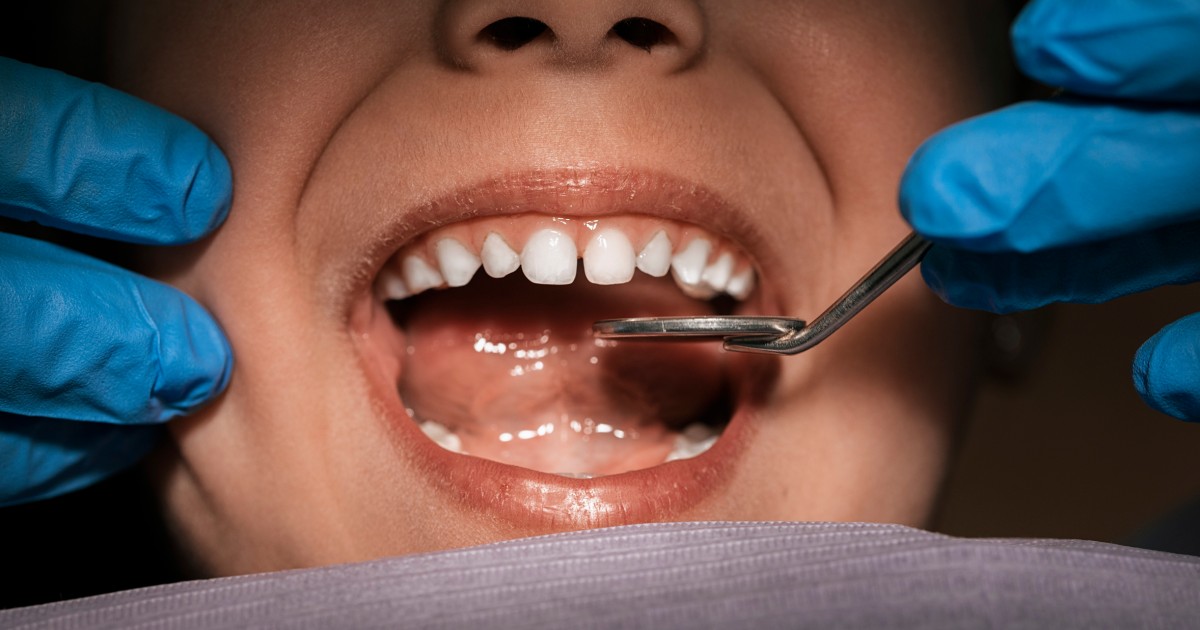
The long-term effects of banning fluoride from public drinking water across the country could cost families billions of dollars and result in millions of rotten teeth, a new analysis predicts.
The study, published Friday in JAMA Health Forum, shows that if all 50 states stopped community water fluoridation programs, kids in the U.S. could expect to develop 25.4 million more cavities within the next five years.
That’s the equivalent of a decayed tooth in 1 out of every 3 children.
The number of cavities would more than double in 10 years, to 53.8 million.
“That is a tremendous increase,” said Dr. Tom Reid, president of the Wisconsin Dental Association. “It’s another bit of proof that what we’ve been saying for over 80 years is 100% accurate: Proper dosing of community water fluoridation prevents cavities.” Reid was not involved with the new research.
Fluoride is under increasingly intense fire despite its dramatic ability to prevent tooth decay.
Two states, Utah and Florida, have already banned the addition of fluoride to public water systems. Others, including Kentucky, Massachusetts and Nebraska, could follow — all buoyed by Robert F. Kennedy Jr.’s new role as head of the Department of Health and Human Services.
Under Kennedy’s leadership, HHS gutted the Centers for Disease Control and Prevention’s oral health division, which provides funds to states and local jurisdictions to promote good dental health practices, including the use of fluoride.
“We thought this was a really important time to be able to put some numbers to the discussions” about fluoride, said Dr. Lisa Simon, an author of the study and internal medicine physician at Mass General Brigham in Boston.
She and a colleague analyzed data on 8,484 children, from birth through age 19, from the National Health and Nutrition Examination Survey. NHANES is conducted every year by the CDC and includes interviews about what people eat and extensive details about their blood work, doctor’s exams — and dental visits.
The team created a model to predict what could happen under two scenarios: if every public water system had optimal fluoride levels, and if there is a total national ban on fluoride in water systems.
Filling those cavities to fix that level of decay would cost money: $9.8 billion within five years, and $19.4 billion within a decade.
“It’s actually a pretty conservative estimate,” Simon said, because it doesn’t take into account related issues, like whether a child has to go under general anesthesia, the lifetime costs of replacing fillings and implants, or if parents have to miss work to take children to the emergency room because of extreme toothaches.
Tooth decay goes beyond a simple cavity that needs to be filled. In severe cases, teeth crack, making it difficult for people to chew food properly. It can also lead to gum disease and widespread infection.
Simon said that low-income families who struggle to afford dental care and kids on Medicaid would be disproportionately affected.
“It harms everyone to eliminate fluoride, but harms those children and families the most,” she said.
Real-world impacts
The potential fallout from fluoride bans isn’t just mathematical magic.
The Canadian city of Calgary, for example, experienced a significant rise in kids’ cavities after its leaders removed fluoride from public water systems in 2011. Within a decade, they voted to reinstate community water fluoridation.
“I hate to see us not learn from history,” Reid said. “It doesn’t take immense intellectual ability to realize that, boy, there are communities that have done this and regretted their decisions.”
The U.S. has been adding fluoride to drinking water for decades. The CDC, as well as doctors and dentists, heralds the mineral as one the greatest public health achievements of the 20th century.
But fluoride has been demonized, particularly among conservative groups who maintain that it’s a toxin that, at best, is causing tooth discoloration and, at worst, driving down kids’ intelligence.
Kennedy frequently cites a study published in 2019 that suggested IQ levels were slightly lower in kids whose mothers had higher measures of fluoride in their urine during pregnancy. The JAMA study is also included in the “Make America Healthy Again” report recently released by the health secretary.
The research, however, was far from conclusive. Similar studies were done in other countries with much higher levels of water fluoridation than the U.S. No studies in the U.S. have flagged any measurable decreases in children’s cognitive development since fluoride was introduced.
The new analysis didn’t include possible cognitive effects — good or bad — of a total ban on fluoride because current levels of fluoride in public water systems, the authors wrote, “are not definitively associated with worse neurobehavioral outcomes.”
They did look at the issue of tooth discoloration. Excessive amounts of fluoride can cause white or sometimes brown marks on teeth called fluorosis. It’s a cosmetic problem, not a physical one.
The modeling study found that banning community water fluoridation wouldn’t make a big splash in reducing fluorosis: just 200,000 fewer cases over five years.

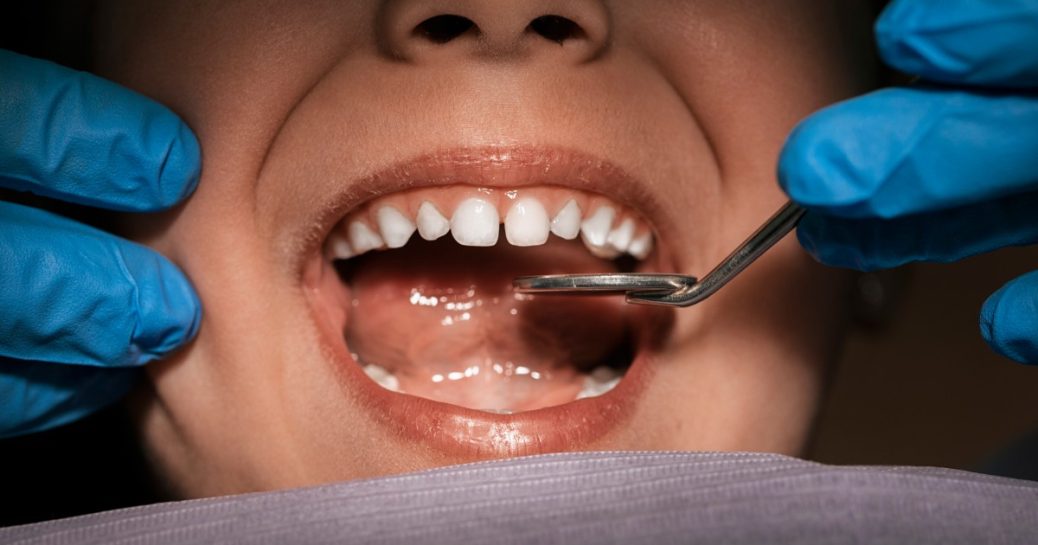
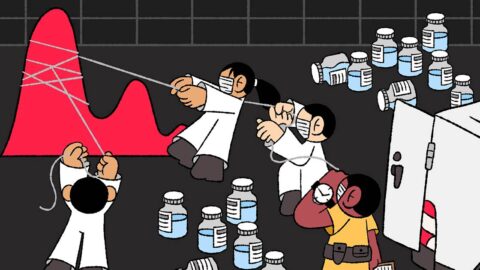

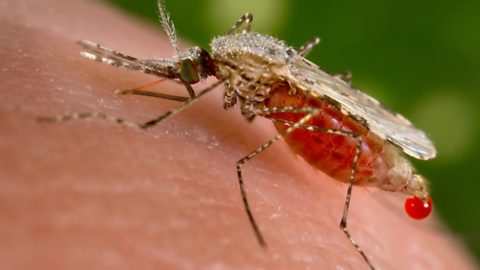

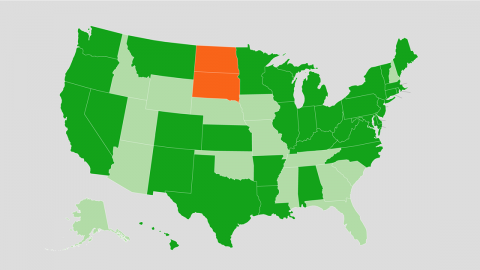



Recent Comments